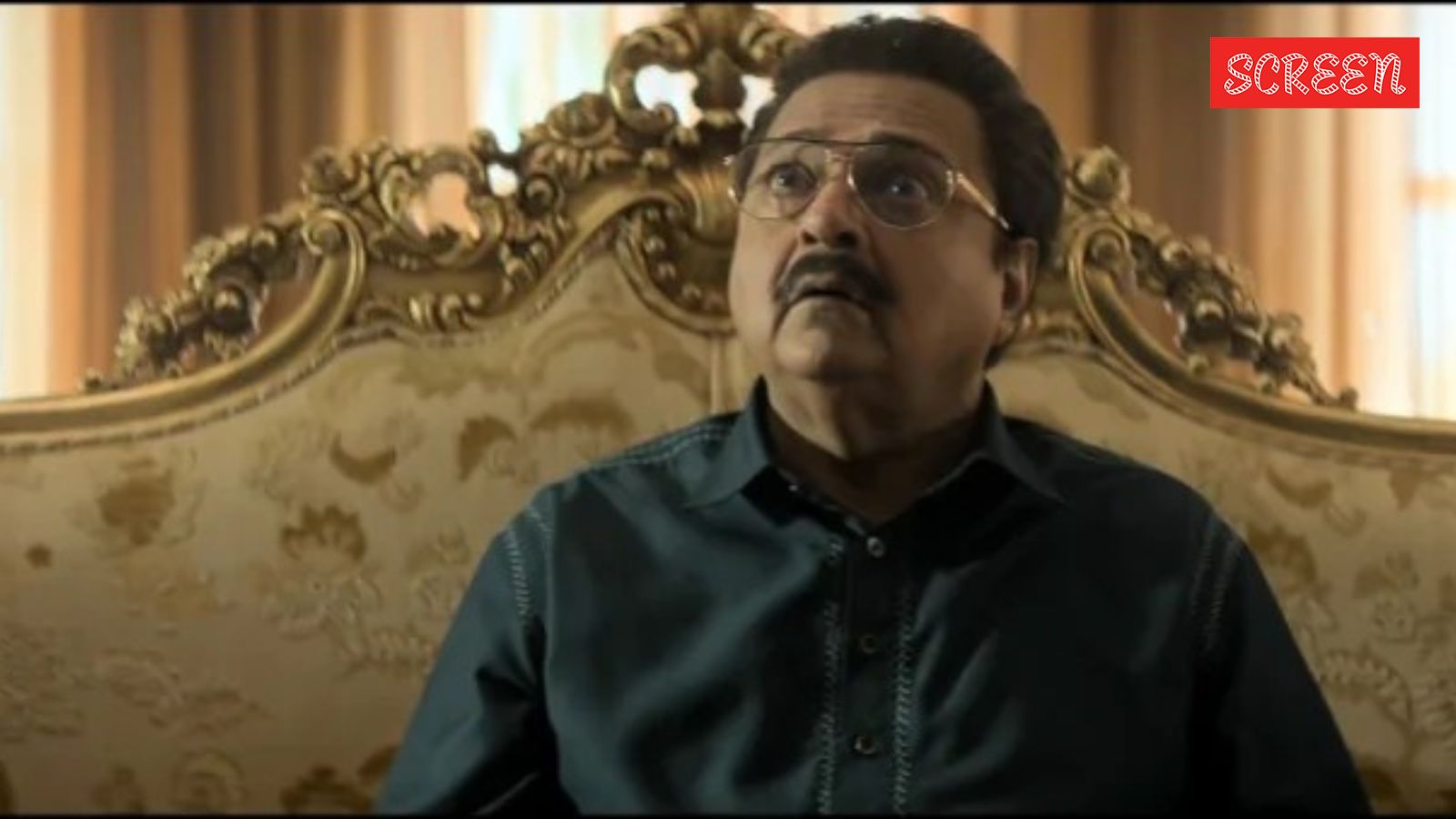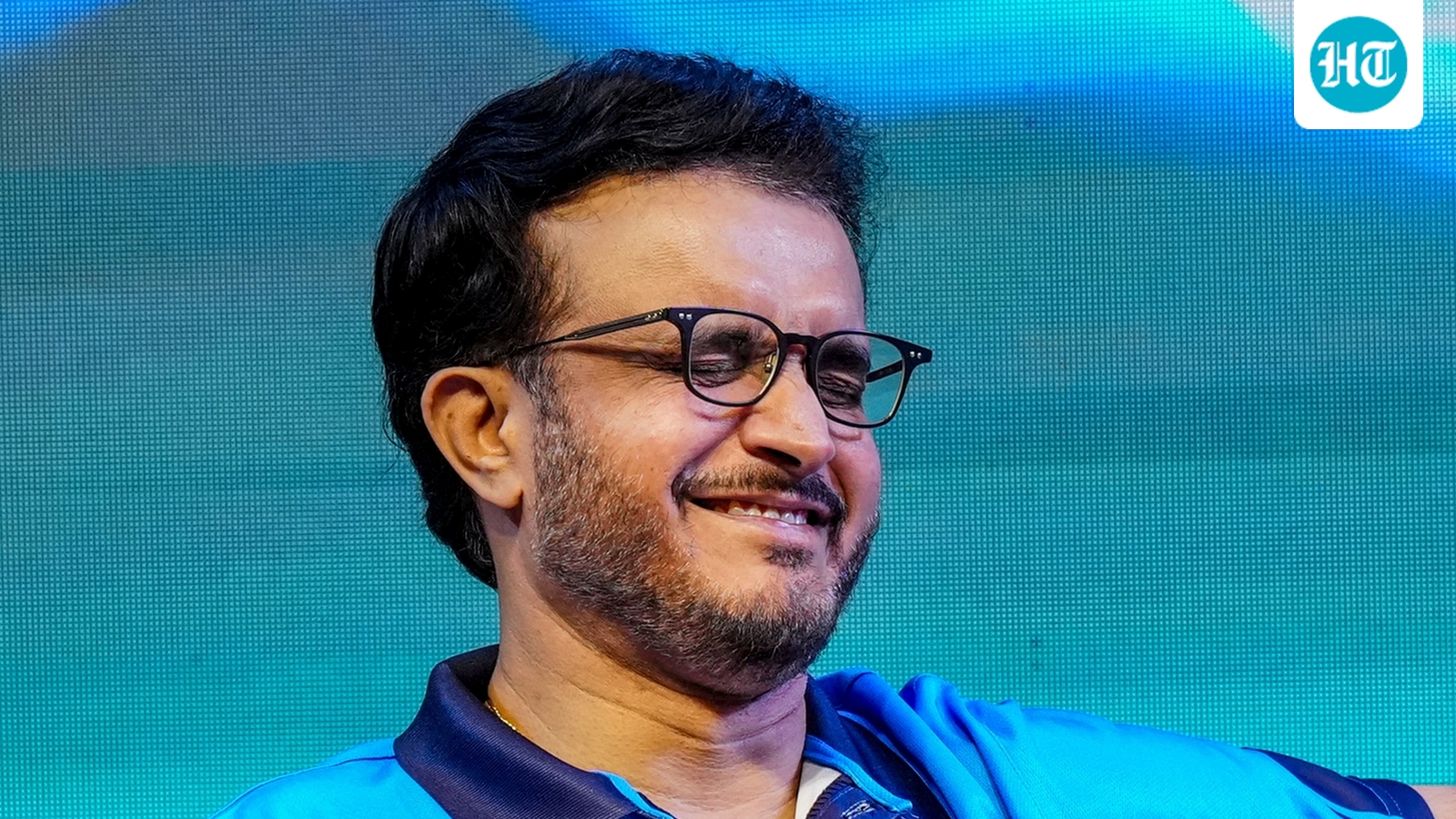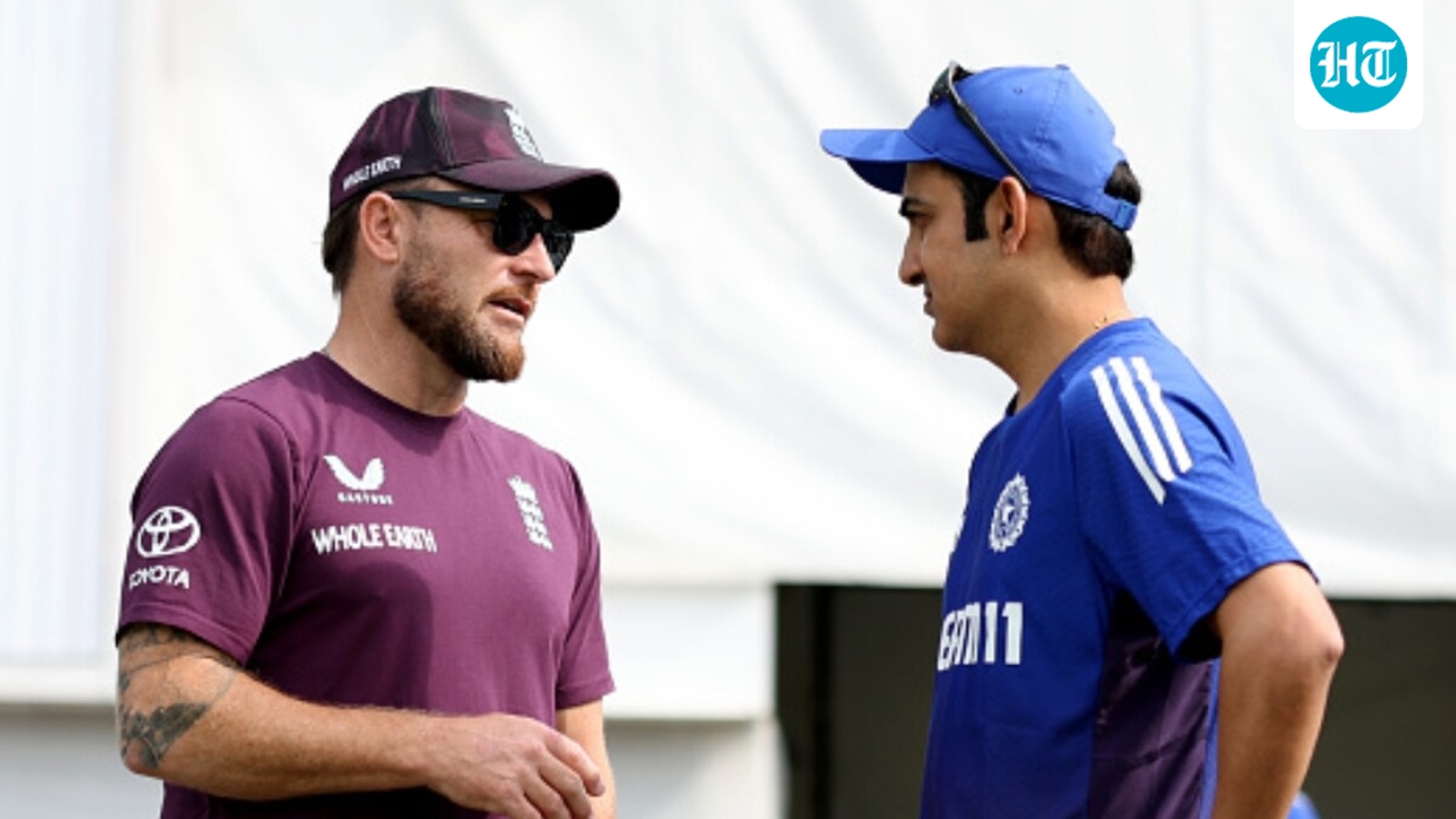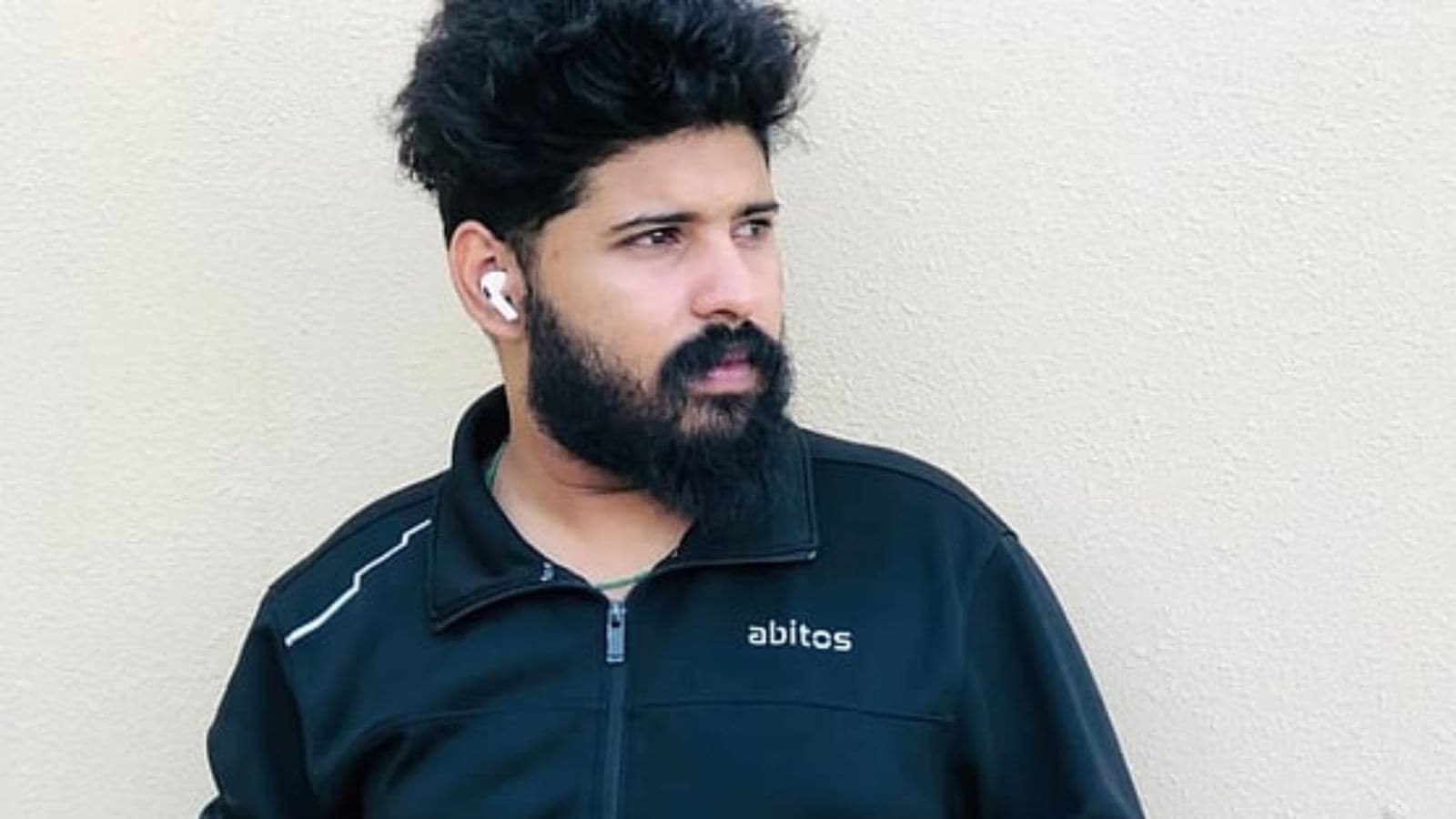Many would call Shah Rukh Khan an underrated actor. But he’s most underrated as a fashion icon who combines the elegance of classicism and the brashness of owning the world with a casual whiff of his custom-blended perfume.
That’s why, when he debuted at the Met Gala red carpet earlier this year in a Sabyasachi, people missed the message, even misread it as uncharacteristically muted. Yet SRK had self-coronated himself as the sultan of swag — minimalist with his all-black, floor-touching achkan, the cummerbund and Jodhpur-style trousers and maximalist with his dark glasses, layered necklaces, diamond-encrusted ‘K’ pendant and a bejewelled Bengal tiger head sitting on his spectre. An individualist to the core, he refused to be tamed by his designer and let his personality and wide-armed warmth win over the style hawks. The legendary Karl Lagerfeld would have approved had he been alive.
SRK had deliberately worn Akoni’s Eris Two glasses that night. It embodied the rebellious spirit of Eris, the goddess who ignited the Trojan War. The glasses recreate a ’90s-inspired silhouette with a futuristic titanium. It summarised the post-liberalisation aspirant young man who, now, pepper-browned and wisened, was ready to take on a new world. This dynamism makes SRK’s fashion choices a metaphor of a generation in transition, from being a global Indian to being an Indian in New York.
Although he was part of the Khan triumvirate, SRK surpassed the other two when it came to scripting the fashion story of Bollywood. Salman invested his off-screen persona in every onscreen role with his bare-bodied torso and denims while Aamir decided to be indifferent and is deliberately under-dressed. It was SRK, who stuck to classic grey or black suits and conventional shirts offscreen, but through his characters mirrored what people wanted to become.
When he stormed into the national imagination with Deewana, he did so with a floppy mop of hair that became the most-wanted hairstyle of its time. Then came the biker-chic look with oversized jackets, half-tucked shirts, casual pullovers with the pilot cap in Kabhi Haan Kabhi Naa, the bandana and ear cuffs in Josh, the beret in Pardes, the baseball cap in Dilwale Dulhania Le Jayenge and, later, the beanie in Dunki. The look in his early clutch of films mirrored the rebellion from the stiff formal wear of the socialist era and free-spirited abandon of the consumerist 90s, when foreign brands were eagerly setting up shop to lure the yuppies — fashionable young, middle-class youngsters with well-paid jobs.
Also Read | In Dhadak 2’s opening, Shazia Iqbal rewrites the politics of love at first sight as she interrogates the mythology of Shah Rukh Khan
By the time DDLJ celebrated the global Indian, SRK’s Raj became hip, sporting logo-heavy, branded outfits and accessories, something that turned costume designer Manish Malhotra, who also scoured London high streets for Kuch Kuch Hota Hai, into a frontline designer. Raj in Mohabbatein inherits the Englishman look in thin-rimmed glasses and a sweater slung over his shoulder while NASA scientist Mohan mirrored the white-collared Indian in Swades. By the time Raj matured into Rahul in Kuch Kuch Hota Hai and the yuppie had moved into a condominium, the sporty casualness turned corporate with neatly tailored suits and flowing trench coats. In fact, it is not before the global Indian finds his footing in Kabhi Khushi Kabhie Gham and Kal Ho Naa Ho that we see a return to sanskriti. With subtle sherwani suits, trendy shoulder throws and vibrant colours, SRK redefined the palette for the metrosexual, a term that evolved in the early 2000s to define a fashion-conscious and grooming-oriented man. This was also the time when SRK became the first Indian male actor to become a brand ambassador for the luxury watch brand Tag Heuer.
Story continues below this ad
Till Don and Don 2, he remained the storyteller of an emergent India. But these two films mark a transition as the tailored sharp, slicked-back hair gives way to grunge and the Rastafarian, dreadlocked, man-bun, a motif which continues in Pathaan, where we see the star experimenting with coloured shirts and ripped jeans. Pathaan might have looked renegade, roguish even, but SRK is unafraid to unleash his “bad boy” avatar and is surefooted about self-expression. He’s unafraid to own his age as he does in Jawan, unlike his peers.
Wearing son Aryan Khan’s streetwear brand D’yavol X, a white-haired roadie with boots and guns who flicks a cigar, Vikram Rathore in Jawan is in many ways SRK’s alter ego and a rebel. He fights ageism and the conformity of elitism. Of course, his distressed sneakers by Italian brand Golden Goose cost Rs 70,000 but they show how a global brand needed an Indian to humanise luxury.






